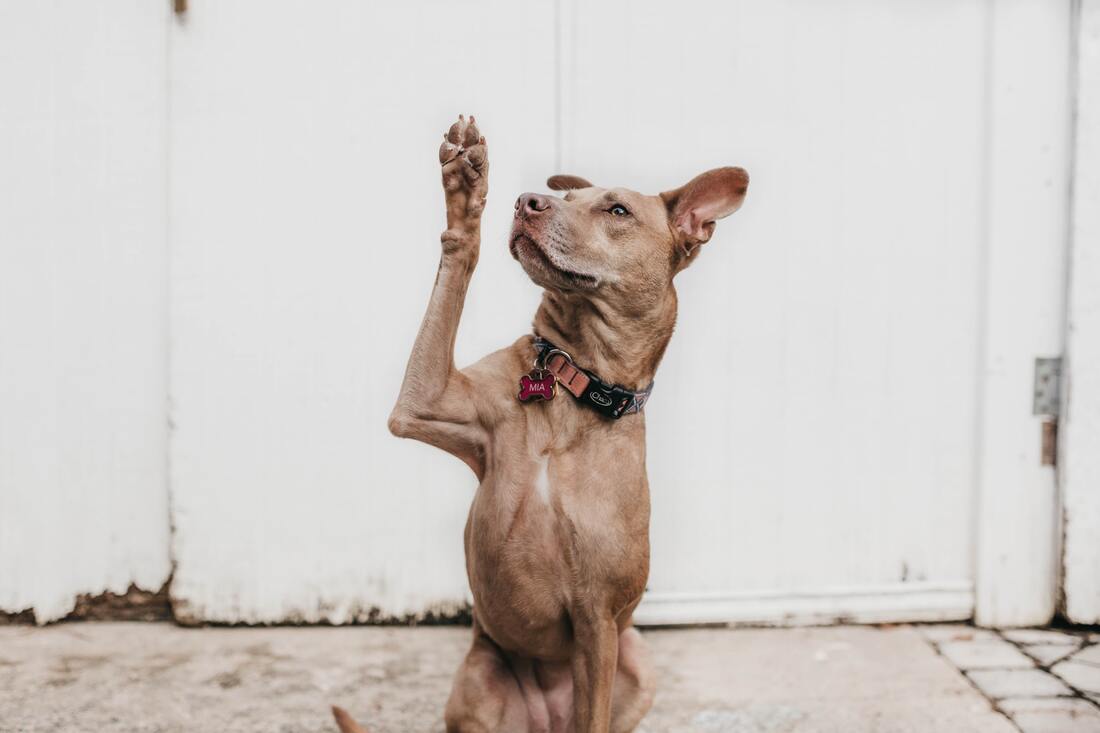Hakomi Listening Session
Hakomi is a mindfulness and somatic (mind + body) based listening method for personal growth and healing.
|
A Hakomi Listening Session might feel helpful
for those who:
|
|
Hakomi work is based on the following principles:
|
How Hakomi works with "core material":
The Hakomi method seeks to enable a change in what is called 'core material' or 'core beliefs'. Core material consists of memories, images, beliefs, neural patterns and emotions, which often date back to childhood events. Our core material is thought to influence our individual and unique thoughts, attitudes, perceptions and behavior. However, it typically does this subconsciously - without us necessarily being aware of its influence. Some core material is thought to have a helpful influence on who we are, whereas other material can be unhelpful. Hakomi can help you to become aware of your core material, distinguish between helpful and unhelpful components, and change unhelpful aspects. This awareness and change in core beliefs are achieved by working with the body using mindfulness. Some examples of a core belief might be "I need to be perfect to earn love from others." or "It's up to me to be the strong one." Core material can show up in the body through postures like hunched shoulders, facial expressions, repetitive gestures, or sensations like chronic tightness in a specific area. We give these things attention and trust that the body has wisdom we may be able to learn from.
The Hakomi method seeks to enable a change in what is called 'core material' or 'core beliefs'. Core material consists of memories, images, beliefs, neural patterns and emotions, which often date back to childhood events. Our core material is thought to influence our individual and unique thoughts, attitudes, perceptions and behavior. However, it typically does this subconsciously - without us necessarily being aware of its influence. Some core material is thought to have a helpful influence on who we are, whereas other material can be unhelpful. Hakomi can help you to become aware of your core material, distinguish between helpful and unhelpful components, and change unhelpful aspects. This awareness and change in core beliefs are achieved by working with the body using mindfulness. Some examples of a core belief might be "I need to be perfect to earn love from others." or "It's up to me to be the strong one." Core material can show up in the body through postures like hunched shoulders, facial expressions, repetitive gestures, or sensations like chronic tightness in a specific area. We give these things attention and trust that the body has wisdom we may be able to learn from.

What does a Hakomi Listening Session look like?
- We meet via Zoom for a 1 hour session. We will typically start with a brief breathing or mindfulness exercise, and a chat about the challenge or topic you are hoping to explore. We get to know each other and move at a pace that you are comfortable with.
- You'll be invited or guided into a state of mindful, curious noticing. This is where mindfulness comes in - we work together to help you simply notice what is arising or what wants some attention. We may talk a little more and see what emerges.
- During this time, I will be watching for anything that might offer us some insight into core material and we will do small "experiments" with what comes up. For example, the client may be invited to notice the effect of hearing a certain message, or moving their hands in a specific way. Both verbal and non-verbal, the experiments are always rooted in consent and arise from the conversation we are having, the theme of the session and the client’s present moment experience. Hakomi experiments often involve the body, such as gestures, small movements, changes in breathing, posture and tension. The experiments always include mindfulness, and give us a chance to notice your reactions and responses together and gather more information about your core material or beliefs.
- Gathering information about these core beliefs may bring up emotion, evoke powerful memories, or reveal new sensations or information from the body. We will spend time together making sure that you feel grounded and supported. The client is always in charge of how deep we go, and how to move through big emotions. My role is to support you as you notice your experience and to offer support when/if strong feelings emerge.
- We work together to identify and transform core beliefs that no longer serve you. We use tools to help the client move through, shift perspective, forgive and let go of old patterns, or simply create more space around constricting beliefs. We can often begin to shift or update harmful or unhelpful core beliefs.
- We'll spend some time with these new or more spacious beliefs. We might practice together a new mantra, or discover where a helpful feeling or belief wants to "live" in your body. This is a time for integration and acceptance so that you can take a new, updated, or shifted belief out of the session with you and into your broader life.
- Lastly, we save a little time for wrap up, so that you can orient yourself again before we end the session. We might set some goals that you choose for yourself between sessions, write some things down, or create a new mantra together. Often we will do a little breathing together again so that you feel centered and grounded as you leave the session. Sometimes I will pull a card for you or read a poem, and then we'll end our time together.
A few more notes about working with me in a Hakomi Listening Session:
- My work is rooted in a trauma-informed approach.
- Everything we do together is done with consent. You are always in charge and "no" is a perfectly acceptable response.
- I endeavor to ground my work in an anti-oppression and decolonizing framework. Together we will honor, recognize, and name systemic oppression and its role in our histories, our families, and how we experience the world.
- I am not a therapist or clinical provider and this is not therapy. If anything comes up that exceeds the scope of peer support, I am happy to make referrals.
- I encourage clients to have a support plan in place in case our work together feels challenging or triggering. This can be support people in your life like friends or a partner, or a therapist or other clinical provider. We will talk about the support you have during our first session together.
- Here are a few places for further reading about the Hakomi method: "What is Hakomi?" via Hakomi Education Network,
"Method & Process Overview" via Hakomi Institute of California , "The Hakomi Method" via Hakomi Cascadia (this link includes several videos)
Ready to book a session?
|
Initial Hakomi Listening Sessions are booked in a bundles of 3. A minimum of 3 sessions is useful in order to build the foundation needed to fully experience the potential growth and shifts in using this method. Established clients may book single sessions or re-book a 3 session bundle.
I am happy to book a 20 minute, free, exploration call. I can answer your questions and get you more info so you can decide if working with me feels like the right next step for you. I am never trying to "sell" you, I base all my work in the concept of "enthusiastic consent". I want you to have all the information you need to enthusiastically say YES! to working together. And if we aren't a great fit, that's totally ok. To schedule an exploration call, fill out my CONTACT FORM |



